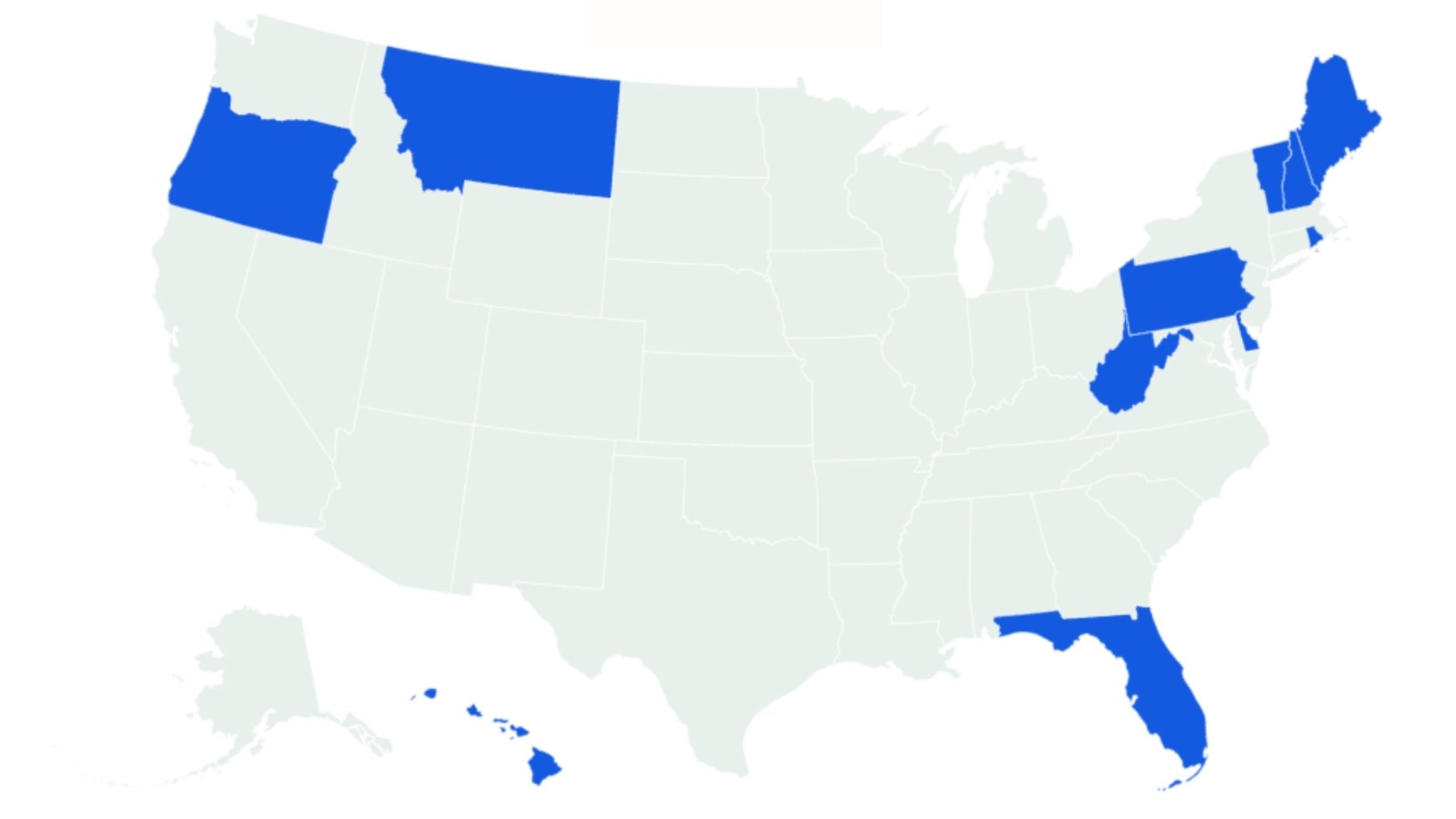The number of states where older adults outnumber children has increased in recent years, according to new data from the Vintage 2024 Population Estimates released today by the U.S. Census Bureau.In 2024, there were a total of 11 states where older adults outnumbered children, up from just three in 2020.Why It MattersA falling birth rate, and aging population, are causing concern. People’s decisions around having children reflect wider anxieties about the economy, given the expense required to have and raise children, as well as social changes, as couples are choosing to have smaller families or have children later.As a result, the issue has been at the forefront of the Trump administration’s political agenda鈥攚ith President Donald Trump giving women a “baby bonus” of $5,000 to encourage them to have more children, expanding access to in vitro fertilization (IVF) for Americans, and the Department of Transportation being directed to give precedence to “communities with marriage and birth rates higher than the national average.”What To KnowIn 2020, there were just three states where older adults outnumbered children鈥擬aine, Vermont and Florida.By 2024, this number had increased to 11 after the three states were joined by Delaware, Hawaii, Montana, New Hampshire, Oregon, Pennsylvania, Rhode Island and West Virginia.Explaining why these states have more older adults than children, Mindy Marks, a professor of economics at Northeastern University, Massachusetts, told Newsweek “one reason is immigration,” or more precisely, a lack of it.”Immigrants tend to be younger and have higher fertility rates than natives,” she said. “West Virginia has the smallest percentage of foreign-born residents among all U.S. states.””Internal migration plays a similar role,” she added. “Parts of the country are booming with easy access to employment and amenities and young people are moving to areas like Texas and Colorado away from places like Delaware and Pennsylvania.”Another reason is differences in life expectancy.”A recent study led by researchers at the Yale School of Public Health found that states in the Northeast and West, along with the District of Columbia (D.C.), recorded the greatest gains in life expectancy,” she said.According to the 2024 Census Bureau data, the number of U.S. metro areas with more older adults than children also increased鈥攆rom 58 to 112 between 2020 to 2024. This represented nearly 30 percent of the nation’s 387 metro areas.There were also three metro areas with at least 1 million people that had more older people than younger people for the first time. These included Cleveland, Ohio, Providence-Warwick, Rhode Island-Massachusetts and Hartford-West Hartford-East Hartford, Connecticut.In 2020, 31.3 percent, so 983, of the nation’s 3,144 counties had more older adults than children. However, in 2024, this figure increased to almost 45 percent鈥攊.e. 1,411 counties.”There have been increases in life expectancy in the U.S. over time due to increased insurance coverage and medical improvements,” Marks said.”For an individual born in 1900, the life expectancy conditional on reaching age 30 was an additional 39 years. For the cohort born in 1950 that number jumped to 47 years. Increased life expectancy implies more older adults,” she added.These factors, and others, coupled with the falling birth rate are shifting the demographic of America’s population.Reasons for the decline in birth rate could include the increased cost of having children, mainly through housing and higher education, and the increased time commitments of having children, Marks said.There are also changing social perceptions of “ideal family size” and “if one needs to have children to live a ‘good life,'” Marks added.”The rising female labor force participation combined with men’s failure to equally contribute to domestic tasks, combined with limited assistance for working families” could also be at play, she said.Something that has “played a big role in the decline in teen pregnancy,” she added, was access to better and cheaper contraceptives meaning “there are fewer unwanted pregnancies.”What People Are SayingMindy Marks, a professor of economics at Northeastern University, Massachusetts, told Newsweek: “Declining fertility will impact society in many ways. Many government programs such as Social Security and Medicare are structured such that current payments for retirees are funded by current workers. As the ratio of retiree to workers changes these programs become financially insolvent. Relatedly, there are workforce issues especially in sectors like health care and nursing homes where demand for labor will outstrip supply resulting in shortages or higher prices. Fewer workers will also reduce economic growth. As the age structure changes companies will have an incentive to market consumer goods and entertainment to an older client-base and we will see more innovation in products targeted to older demographics.”What Happens NextBirth rates are forecast to continue being an issue. The Congressional Budget Office recently predicted that fertility rates could average 1.6 births per woman over the next three decades, which is significantly below the level of 2.1 births per woman required to maintain a stable population without immigration.
